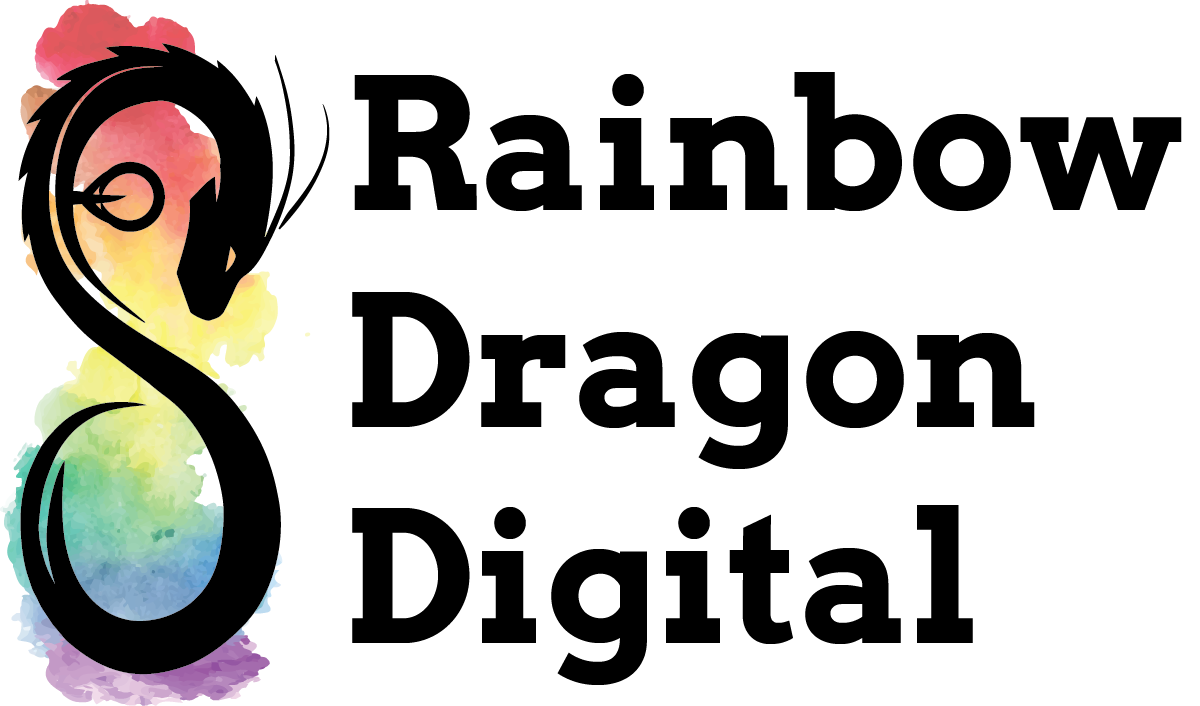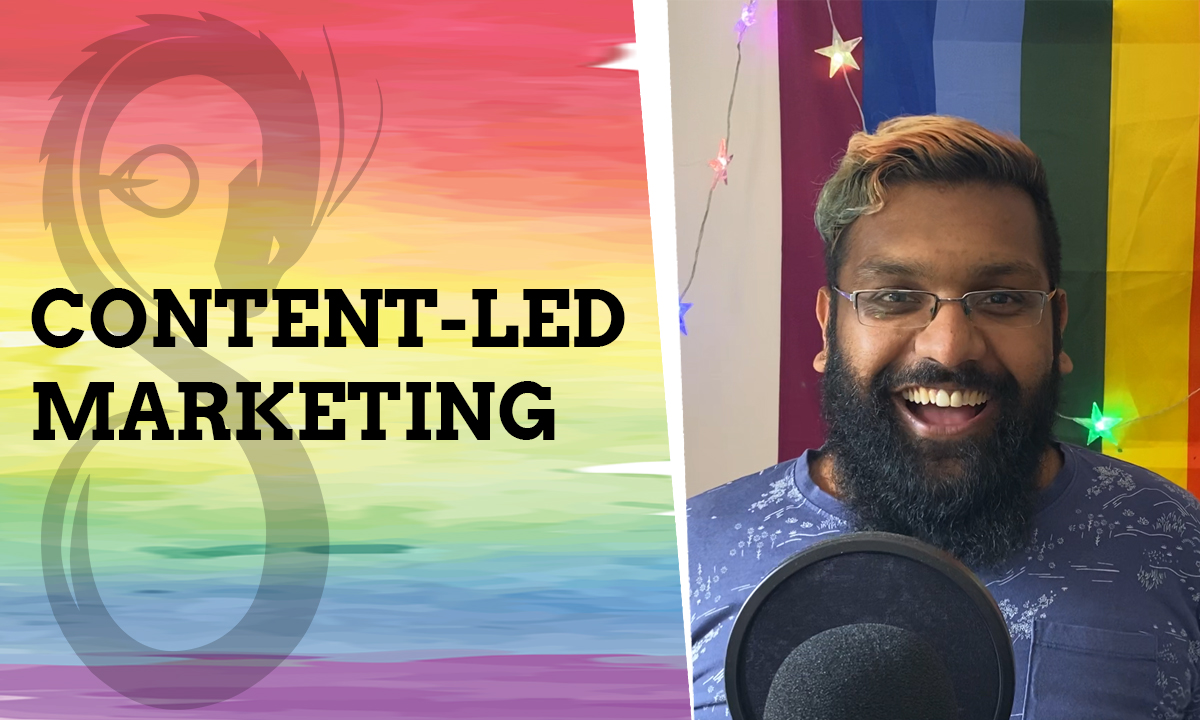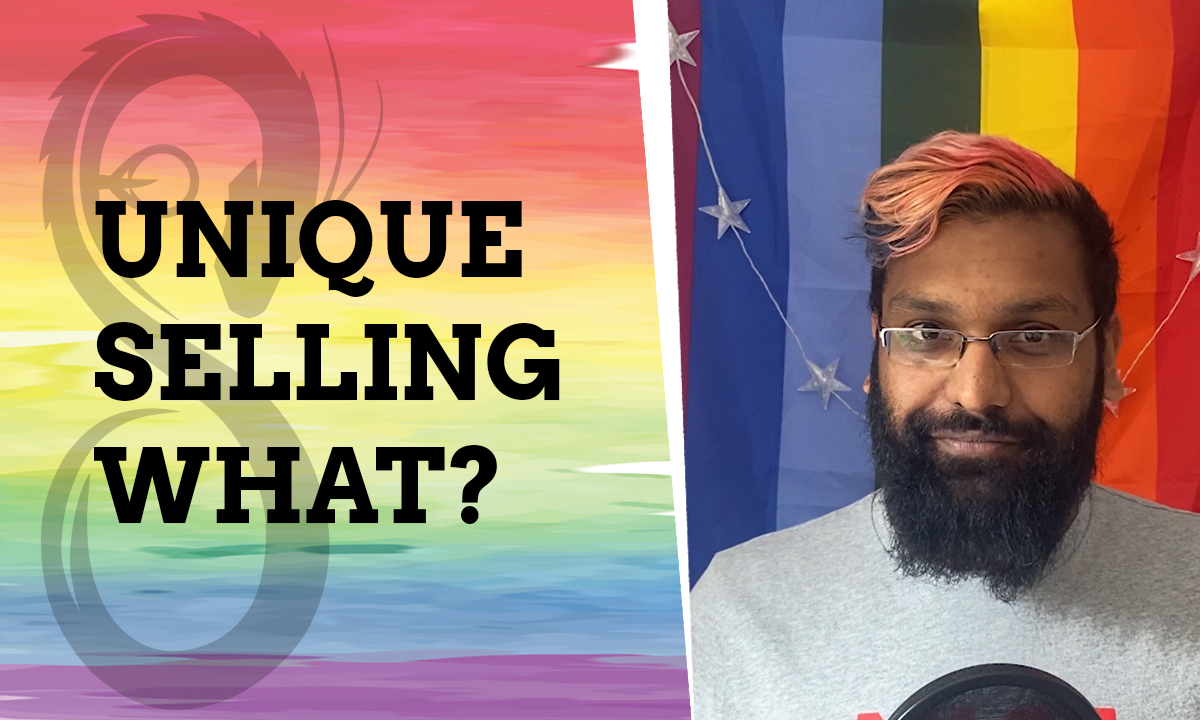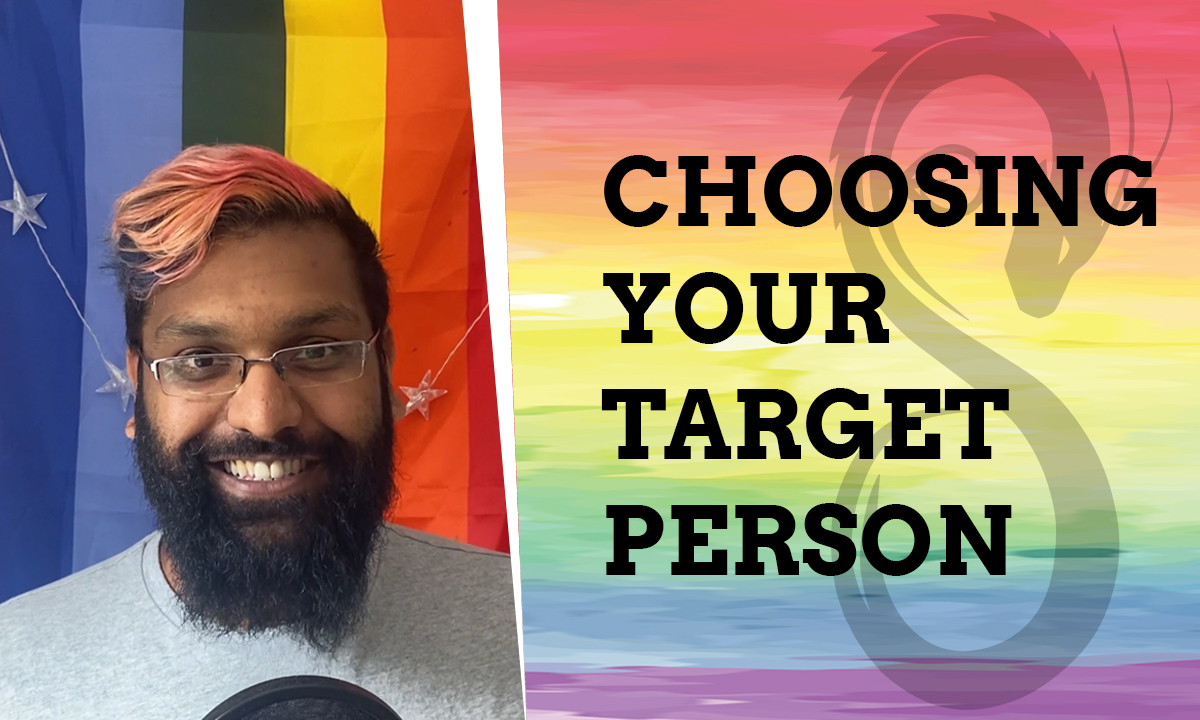I thought before I go on recording videos within each of the 5 steps of the content-led marketing strategy – I thought it might make sense to do one that quickly summarises those 5 steps and why it’s the approach I take.
Don’t like videos? Here’s the text version:
When you’re planning your marketing strategy, you could probably take the quick and dirty route. Get things done, push things out and get ‘results at all costs’. Cutting corners will almost certainly get you those results more quickly, but it won’t get you a marketing strategy that lasts.
And it almost certainly will have to involve some moral compromise.
A marketing strategy is so much more than knowing what channels to market on. In this video, I explain the 5 steps that I think absolutely anyone needs to take to create a marketing strategy that lasts and a marketing strategy that’s ethical.
In this video I’m going to be explaining what I think a content-led marketing strategy is and the five steps that you need to take to do one for yourself.
Please make sure you subscribe to my YouTube channel if you haven’t already. It’ll keep you updated on when I release new videos.
Why Cheap and Fast Marketing Is Not A Strategy
Now, when I’m talking about content-led marketing strategy, well when you’re talking about any marketing strategy, you could cut corners – you can do it as quickly as possible to get fast results. You can be selling things and making ‘loads of money’.
And that might work for you at the start.
But what you will end up doing is selling a whole lot of things and not actually building a strategy.
I remember there was someone that I was working with earlier in my career who said you can have:
- high quality work
- you can have it done cheaply
- or you can have it done quickly
But you only get to choose two.
So when you do this this cheap and quick marketing, trying to sell all the things quickly, what will happen is that you’ll end up with a strategy that that doesn’t last very long.
It’s not a strategy that you can build on as you grow.
But if you slow it all right down you really increase the quality of your marketing strategy. I think the approach that I take towards marketing is a great way to slow it down.
So you’re not going to get fast results doing this, but it will be something that you will be building on. And once you’ve built some of it, you will see how it just keeps growing.
The 5 Steps to Building a Content-Led Marketing Strategy
So I’m going to run through five steps with you and these are five steps that you need to take whether you do it with a marketing person, or you do it yourself.
These are the five steps that I think anyone, really, should be taking if they’re going to be trying to sell anything.
Step 1: Understand Your Target Person
Step One is that you need to really understand your target person. And that means understanding them emotionally. It doesn’t mean just how they relate to your product.
It’s understanding their Wants, Needs, Fears and Frustrations as a person.
Step 2: Define Your Unique Selling Proposition
Step Two is that you then need to fully define your unique selling point. What trips up people here is that it needs to be unique and it needs to actually be a selling point.
I explain this a little more in the What is a USP video.
Step 3: Choosing Your Marketing Channels
Step Three is that you then need to choose your channels. And this is where a lot of people start.
They’re kind of like, “Oh where do I need to start marketing?”
But you must do step one and two first because there’s hundreds of channels. There’s so many ways that you can market. You need a way to choose.
And the best way to choose is make sure you understand your target person and make sure that you know what you’re communicating to them.
Step 4 & 5: Create Your Content Ideas & Manage Your Marketing Resources
Step Four and Five then just flow straight on from there.
Step Four is all about understanding the content that you need to create. This is kind of blue sky thinking, coming up with all the things you need to do.
And then Step Five is all about then tempering all the things you need to do with the resources that you’ve got and timelining out your production.
This is the way to start with a marketing strategy.
My Content is Built Around These Steps
So my YouTube channel (and this blog) is all organised according to these five steps and there’s also another playlist that’s all about the ethics of marketing where I’m going to be talking a bit about things I think what marketers don’t talk enough about, which is practicing marketing in an ethical way.
Please feel free to dip and dive into different bits according to what you need and if you’re really stuck and you’re really confused and you don’t know what’s happening but you have an ethical, sustainable business, or you’re working towards changing the world, please get in touch with me email me at dj@rainbowdragon.digital or fill out the form below and I’m happy to give an hour of my time to anyone who is doing something amazing.
And if you’re doing something really amazing, I might even just keep helping you because that is what I want to do with my time.
Let me know if you have any comments or anything that you want to hear about, any kind of information that you would like me to talk about, I’ll be happy to add it to my schedule.



